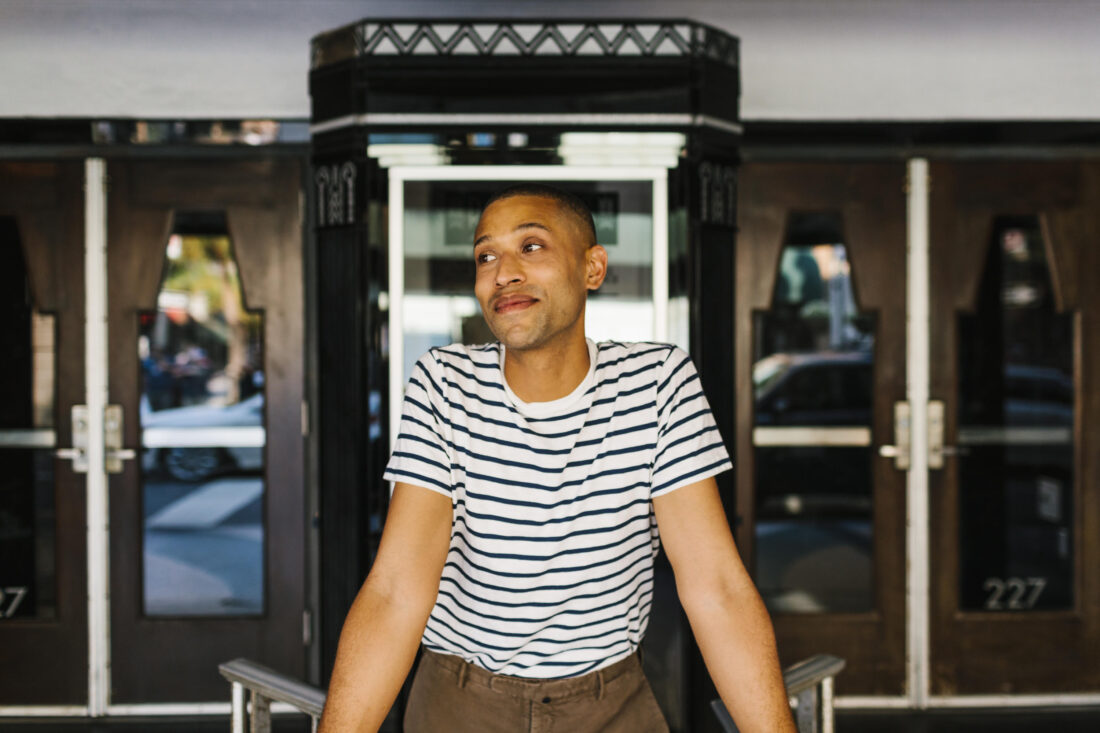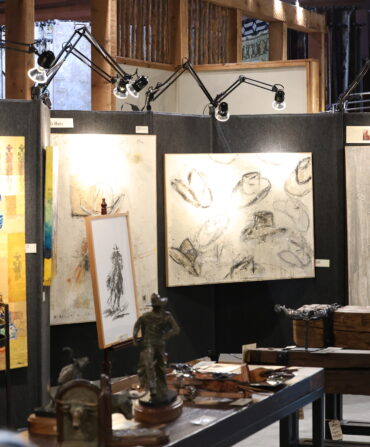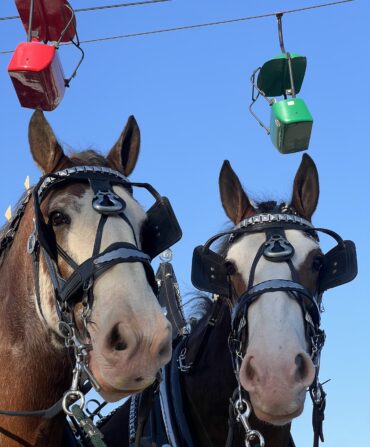Question everything has long been Chase Quinn’s motto. He remembers his family sitting around the television, his grandparents lobbing coverage critiques at the nightly news. He later worked at the Center for Constitutional Rights in New York; and then as a journalist, he asked questions for such publications as Vanity Fair and Artforum. Now, as a burst-of-energy staffer at the Gibbes Museum of Art in Charleston, South Carolina, he is rethinking how a world-class art institution plays its cards.
“There have been lots of moments throughout my career,” Quinn says, “when I’ve had to say, I know this is how it’s traditionally done, but what if we tried it another way?” His two-part job title gets at the fresh ideas he brings: In the first part of his role—co-director of education and programs—he’s helped organize speaker series and even the Gibbes’s first hip-hop show, which linked the work of Southern artist Romare Bearden to musical improv. “Bearden loved jazz, and jazz was the music of his moment,” Quinn says. “We recognized that hip-hop is another improvisational tradition of this moment.” Some 48 percent of attendees said they’d never set foot in the Gibbes before that event. One young fan immediately applied for a job at the museum and is now an associate curator.
The second part of Quinn’s job title, curator of special projects, gives him license to splash his creative thinking across gallery walls: For a recent show, he pieced together a previously unknown connection between the Charleston Renaissance artist Edward “Ned” I. R. Jennings and British Aestheticism, a visual link Quinn made because he questioned the narrative of who—and what—has influenced the creativity of the South.
Read more about the South’s new slate of artists, curators, preservationists, movers, and makers in Art’s Rising Vanguard.








